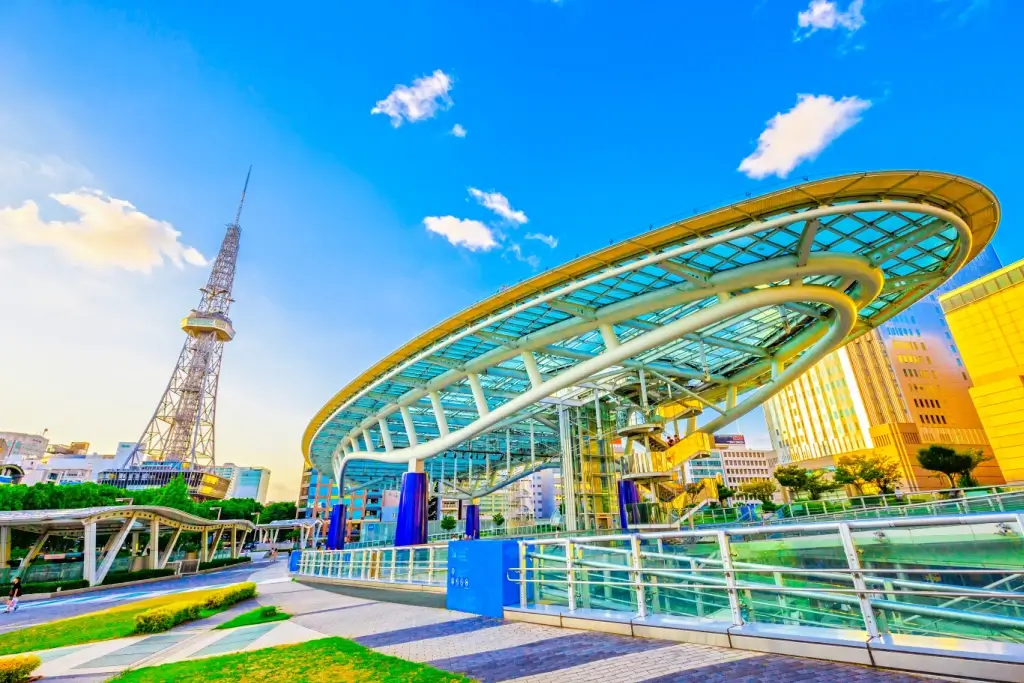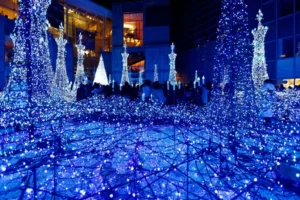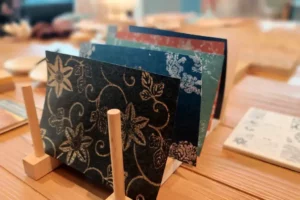Nagoya City is a gateway to the heart of Japan, seamlessly connected to Tokyo, Kyoto, and Osaka by the high-speed Tokaido Shinkansen. It’s a city where samurai history meets modern creativity, with delicious food, lively markets, and welcoming neighborhoods. Keep reading to note down some must-visit spots in this enchanting city!
Table of Contents
ToggleWhere is Nagoya City?
Nagoya is a lively city in the center of Japan, right on the Pacific coast of central Honshu. It’s the capital of Aichi Prefecture and the biggest city in the Chubu region. Long ago, in 1610, the mighty warlord Tokugawa Ieyasu moved the capital of Owari Province here.
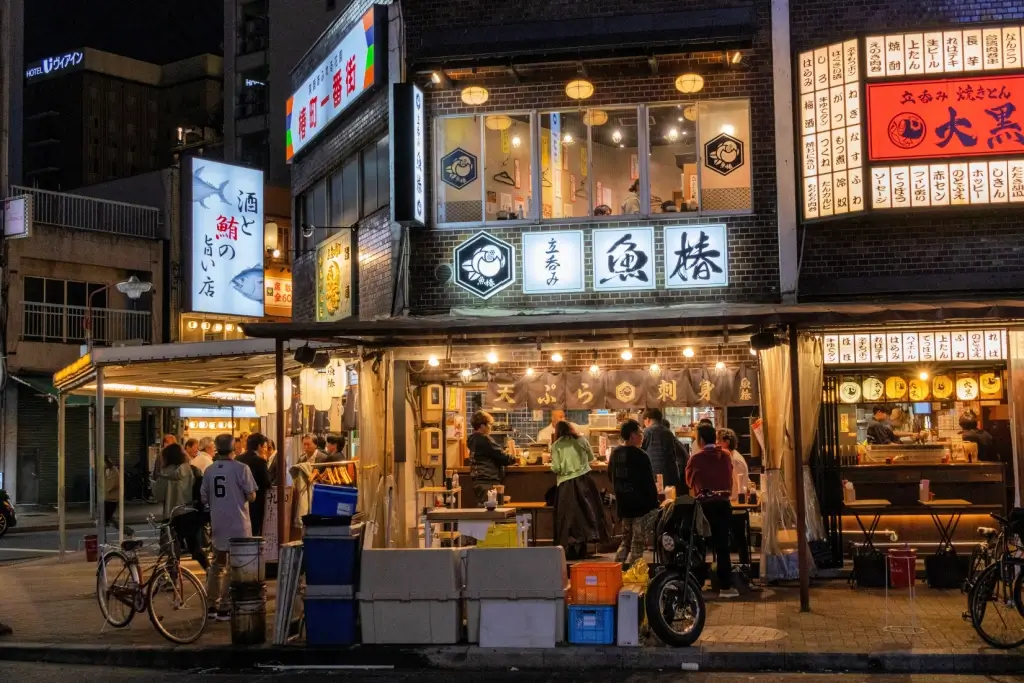
Over the centuries, the city grew from a castle town into a bustling industrial hub famous for making cars, airplanes, ships, and special steel. It’s also home to Toyota’s headquarters and the country’s largest seaport, the Port of Nagoya, making it an essential place for trade and travel.
Nagoya Castle
Nagoya Castle stands proudly in the heart of Nagoya City and is one of Japan’s most admired castles. Built in the early 1600s by the Tokugawa family, it was designed to protect the Owari Province. It also aimed to bring prosperity to the region. Crowned with golden shachihoko, Nagoya Castle was rebuilt in 1959 after being ruined during the war. The Honmaru Palace was restored in traditional style. It is a treasured National Historic Site and a proud city symbol today.
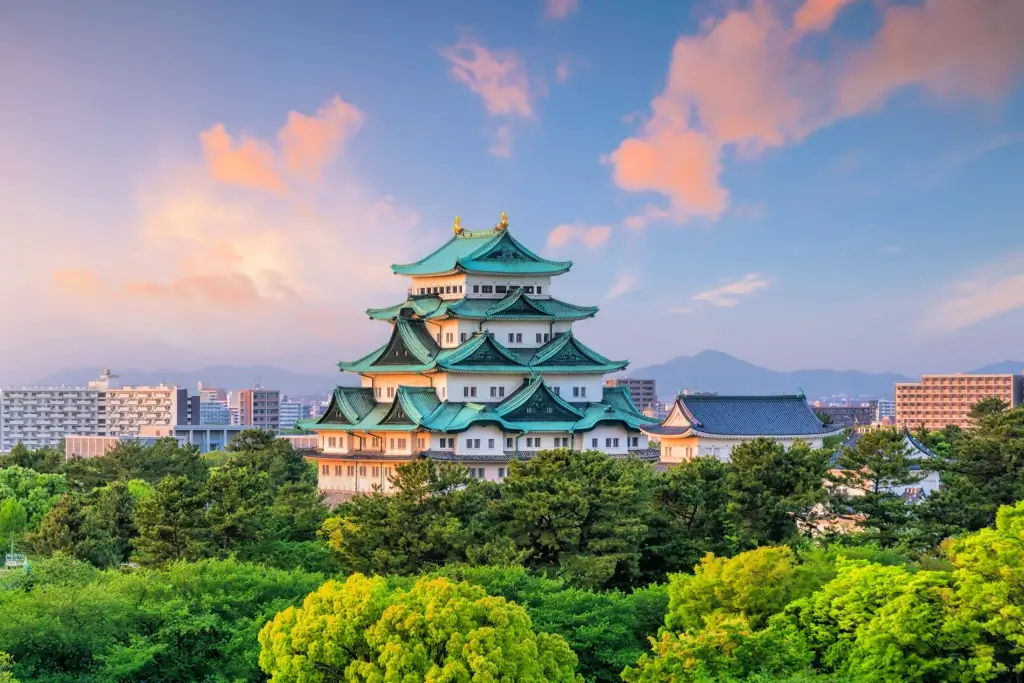
The castle grounds offer many delights. Friendly samurai actors welcome visitors with performances, while exhibits showcase models, artifacts, and silk paintings that survived the war. Plus, shops within the grounds sell various charming souvenirs, from traditional crafts to shachihoko-themed keepsakes. Please note that the main keep is closed for safety and will be rebuilt in wood to match its original form. Even so, the palace, gardens, and seasonal events ensure that every visit to the castle is rich in beauty and history.
The Tokugawa Art Museum
Once part of the grand home of the powerful Owari Tokugawa family, the museum opened in 1935 to share the priceless collection with visitors. Many of its 12,000 artifacts once belonged to Tokugawa Ieyasu, the first shogun of Japan, and were carefully kept by his descendants. Inside, you can see swords, armor, tea ceremony bowls, and costumes once used in traditional noh theater.
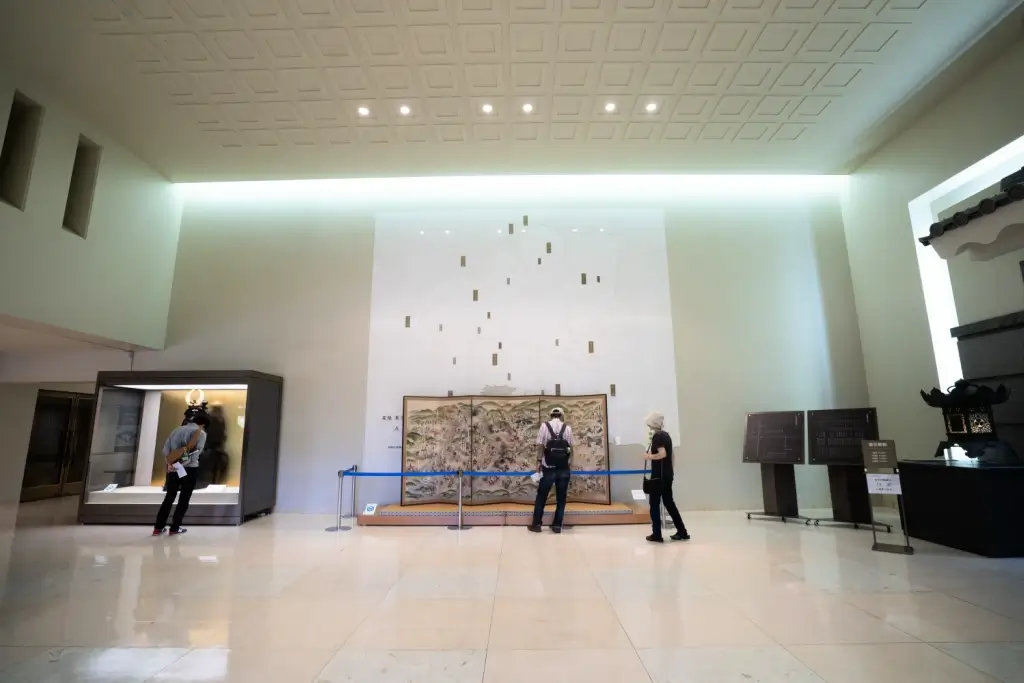
One of the museum’s most well-known treasures is the Tale of Genji picture scrolls from the 1100s, the oldest illustrated version of the world’s first novel. They are so precious that you can only see them for one week each November. Visitors can also explore the “Symbol of the Warrior” exhibition, where armor, helmets, saddles, and swords are displayed. There’s even a recreated part of the Tokugawa lord’s palace.
The nearby Hosa Library is another wonder, holding thousands of old books, maps, and poems passed down through generations. After exploring the exhibits, you can stroll into the charming Tokugawa Garden. Paths lead past quiet ponds filled with friendly koi fish, graceful bridges, and a small waterfall.
Are you looking for great snacks from places as far as Nagoya? Check out Sakuraco! Sakuraco delivers traditional Japanese snacks, teas, and sweets from local Japanese makers directly to your door so you can enjoy the latest treats directly from Japan!
Atsuta Jingu Shrine
Atsuta Jingu is among Japan’s most important Shinto shrines in the southern part of Nagoya. It is almost 2,000 years old and is said to have been built to protect the sacred sword Kusanagi-no-Tsurugi, one of the Three Imperial Treasures of Japan. Many people call the shrine “Atsuta-sama” or “Miya”, and it has long been a place where royalty, soldiers, and farmers prayed for safety and good harvests.

Walking through the shrine is calm and quiet, with wide gravel paths lined by tall camphor trees, some over a thousand years old. Along the way, you can explore smaller shrines and even spot the well-known Nobunaga Wall built by the warlord Oda Nobunaga.
Arimatsu
Arimatsu is a charming old town in Midori Ward, about 20 minutes by train from downtown. It began in 1608 along the Tokaido Road, which once connected Tokyo and Kyoto. At first, the people here had little farmland, so they started making beautiful tie-dyed fabrics called Arimatsu Shibori.

In this town, old wooden houses with tiled roofs line the narrow streets, many built to withstand the great fire of 1784. Grand homes like the House of Oka and the Hattori Residence still feature traditional lattice windows and thick plaster walls. Inside, you can peek at life in the Edo period (1603-1868) and the Meiji period (1868-1912).
A highlight is the Arimatsu-Narumi Shibori Museum, where skilled artisans craft vivid tie-dye patterns. Visitors can even make their own to take home. Along the streets, you’ll find shops selling handkerchiefs, scarves, bags, and clothes, all decorated with the beloved Arimatsu designs.
Toganji Temple
Toganji Temple is a tranquil Buddhist temple in the Motoyama area of Nagoya. Built over 500 years ago by Oda Nobuyuki to honor his father, the temple was moved to its present site in 1714 and still feels peaceful. Passing through a Chinese-style gate, you descend stone steps into a haven of bamboo groves, ancient pines, and a quiet turtle pond.
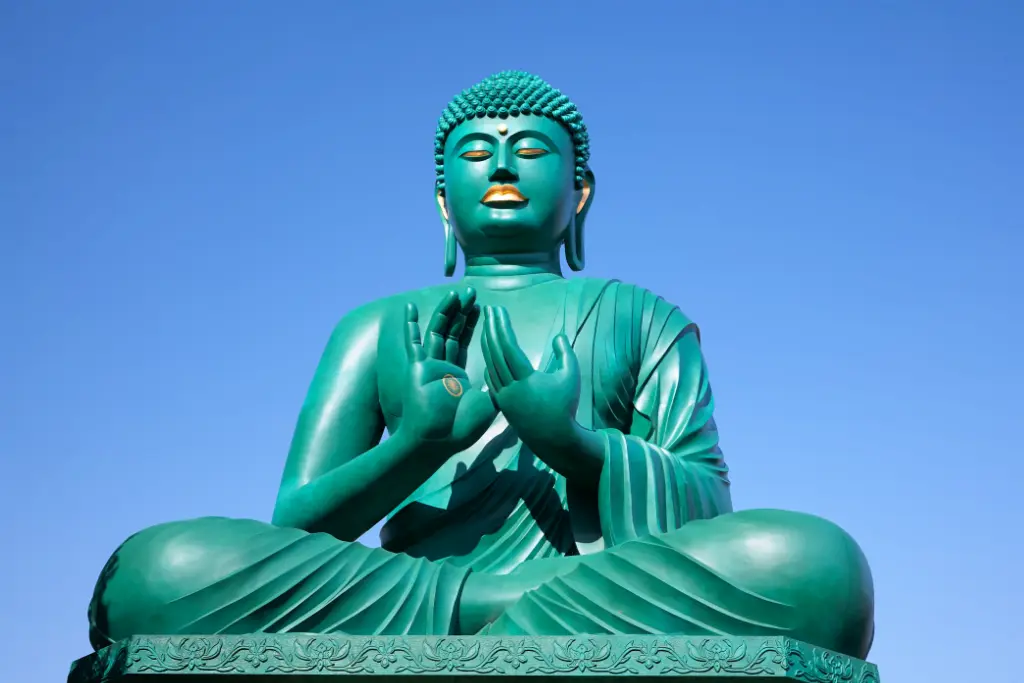
One of the most eye-catching sights here is the Great Buddha of Nagoya. This vast green statue is ten meters (32.81 feet) tall and sits on a base supported by ten elephants. The temple also has a Shiva-Lingam from the 1500s, showing its connection to Indian culture. There is also a shrine for the goddess Saraswati, known in Japan as Benzaiten.
The temple holds treasures like a century-old camphor drum said to cleanse bad karma and a rare sleeping Benzaiten statue shown twice a year. It also preserves historic art that draws artists and performers seeking inspiration.
Why should I visit these popular sites in Nagoya?
In Nagoya, history, culture, and creativity blend beautifully. Each place holds centuries of stories—castles of lords, shrines of treasures, gardens of poets, and towns of art. Visiting is not just about rare sights but about feeling the quiet strength of tradition and craftsmanship passed down through generations. So, what’s the first spot you’d like to explore when you arrive in Nagoya? Share it with me in the comments!
Cited Sources
- Visit Nagoya. “Nagoya City Guide“.
- Japan National Tourism Organization. “Aichi: Central Nagoya“.
- Aichi Now. “Nagoya-City: Arimatsu-Narumi Historic Townscape“.

